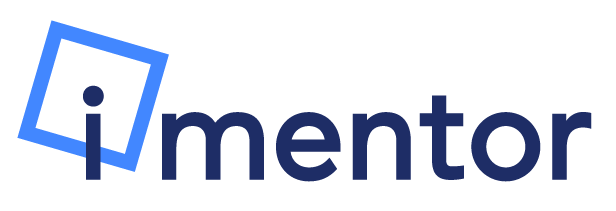* Some strategies listed involve a financial cost to implement, so they are categorized by low/no cost and moderate cost. PMs should consult with their manager to procure funding to deploy a strategy if necessary.
Low/No Cost Strategies
PMs have noted that some mentees are hesitant to attend monthly events simply because they don't know what to expect and/or thought they would not be fun. In these cases, PMs reported that it can be helpful to create an additional slide in their lesson PowerPoint that features photos from the previous event in addition to asking mentees that did attend the event to share something they liked about the experience. This simple light-lift strategy provides some tips and a sample PowerPoint slide for PMs interested in giving this method a try.
Mentees and mentors have many reasons for being unable to attend a monthly event, many of which are completely reasonable. While the ideal scenario is for all pairs to have the experience of the large pair events where the PM shepherds the cohort through curricular discussions and is there to provide support, this is sometimes not possible. One method PMs have developed to navigate this challenge is to create additional time and space for pairs to meet. This strategy outlines the process for setting up "power lunches" where mentors meet the mentee at school during their lunch period.
When logistical barriers (i.e., mentors traveling, mentee extracurricular schedule, etc.) make event attendance, power lunches or Pair Expeditions impossible, virtual meetings are a great way to keep pairs connected. It is important to note that pairs should not over-use the virtual meeting so much that it replaces in-person meetings. This strategy provides some guidance on how to keep pairs connected amidst logistical challenges using virtual meetings.
Pair Expeditions are independent meetings that mentees and mentors plan to do in addition to monthly meetings at the school. This resource provides an introduction to Pair Expeditions, as well as implementation strategies and several pre-planned outings (including virtual meetings to compliment the strategy listed above.)
This no cost incentive (often used to increase mentee online engagement as well) involves PMs working collaboratively with their co-teacher to establish a grading policy in class whereby mentees' attendance at events (or monthly make-up meeting with their mentor) represent a portion of the grade iMentor class is embedded within.
While PMs are well aware of how many times they want pairs to meet during the academic year with the knowledge that more frequent meetings often result in stronger relationships, mentees and mentors may not be. One way to help pairs know how they are doing with regards to in-person meeting frequency is to create a light-lift way for them to track their progress - and make it fun! The pair passport strategy provides instructions for one methodology to approach in-person meeting this way and even includes an easily editable/printable passport to make the idea come to life.
Moderate Cost Strategies
Create a Consistent Make-Up Meeting Structure
Over the years, PMs have found success in fostering frequent in-person meetings by generating multiple opportunities for large pair gatherings (i.e., working with other PMs' cohorts to "piggy-back" pairs attending their event, creating make-up meetings, etc.). This strategy provides guidance on setting up a consistent structure that increases the number of opportunities that pairs have to meet with their peers and the support of the PM.
Raffles have frequently been used by PMs over the years to incentivize mentees' attendance at monthly pair meetings (and often layer in mentee online engagement). This strategy outlines one of the most common approaches to leveraging raffles to increase pair meeting frequency.
Holding Mentees Accountable to One Another
Through several iterations, PMs have explored strategies that involves placing mentees into groups where they are incentivized to encourage one another to complete different tasks by working together to receive a reward (i.e., combinations of in-person meetings, online writing, survey completion, etc.). This strategy is newer to iMentor implementation but it has shown promise in not only increasing in-person meeting frequency in the short-term, but sustaining engagement over long periods of time.

